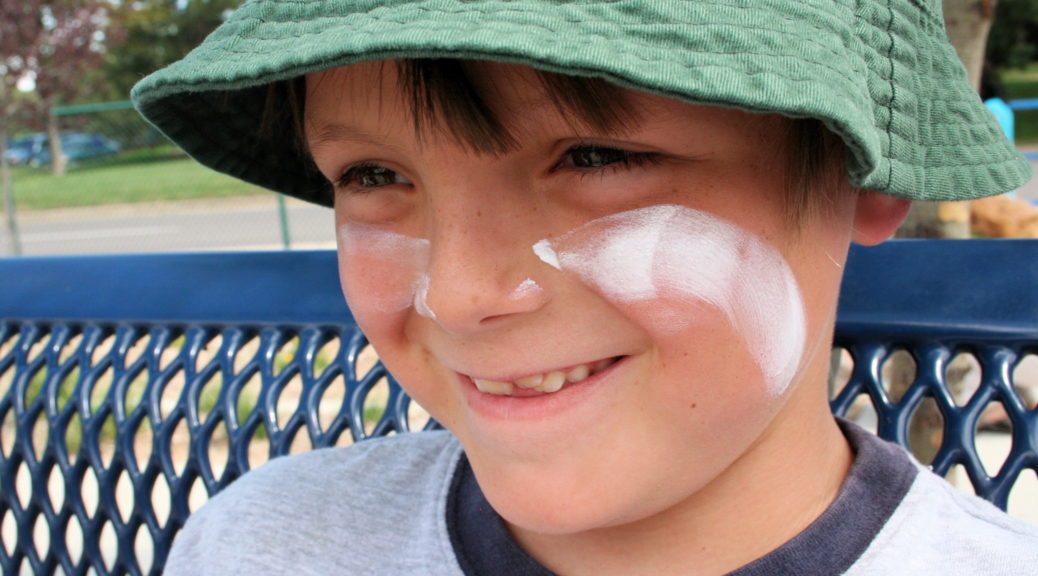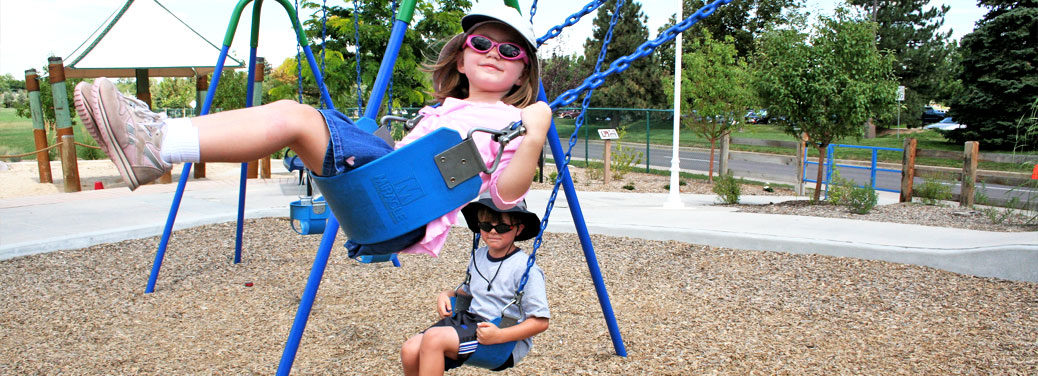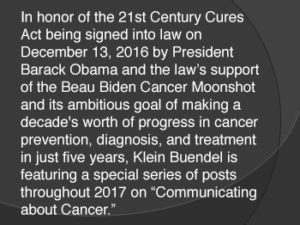Costs of Sun Safety Policy Implementation in California Elementary Schools
Dr. Richard Meenan is presenting cost analysis data from the Sun Safe Schools project at the 4th International Conference on UV and Skin Cancer Prevention in Toronto, Canada May 1-4, 2018. His presentation focuses on the estimated costs of delivering a sun protection policy intervention to public elementary schools in California.
Implementation of sun safety practices is an important element of efforts by elementary schools to prevent skin cancer among their students. However, cost can significantly impede such implementation. The Sun Safe Schools (SSS) trial provided technical assistance to 118 California public elementary schools interested in implementing sun safety practices consistent with district policy. Intervention components were primarily an initial intervention meeting with school administrators, and follow-up email and telephone communications. Schools chose from 47 possible practices to implement.
Using a micro-costing approach, intervention delivery costs to the intervening organization were determined from the project tracking database supplemented by external sources. Labor and non-labor practice costs incurred by schools were estimated using a project template, which three authors reviewed for reasonableness. The 47 practice codes were collapsed into ten categories, such as outdoor shade and parent outreach. The 58 intervention schools implemented a total of 128 practices. Thirty-seven schools implemented at least one practice. Most common practices were parent outreach, education of students, and teacher training. Data on the average cost of participating in the school-based sun safety intervention will be presented at the conference.
In summary, costs to schools may hinder action on implementation, so cost control strategies should be considered when designing school-based sun safety interventions. Next steps are to determine: (1) the incremental implementation cost of the SSS intervention and (2) the incremental cost of the schools’ sun safety education and policy adoption actions induced by SSS.
This research was supported by a grant from the Eunice Kennedy Shriver National Institute for Child Health and Human Development (R01HD074416; Dr. Kim Reynolds, Claremont Graduate University, Principal Investigator). Collaborators include Kim Massie from Claremont Graduate University in California; Dr. David Buller, Julia Berteletti, and Mary Buller from Klein Buendel; Dr. Richard Meenan from the Kaiser Permanente Center for Health Research in Portland, Oregon; and Dr. Jeff Ashley from Sun Safety for Kids in Los Angeles, California.
Klein Buendel is one of the North American hosts of the UV 2018 conference. The conference was organized by a joint planning committee of skin cancer prevention experts in Canada and the United States from Ryerson University in Toronto, the Canadian Dermatology Association in Ottawa, and Klein Buendel in Denver.







